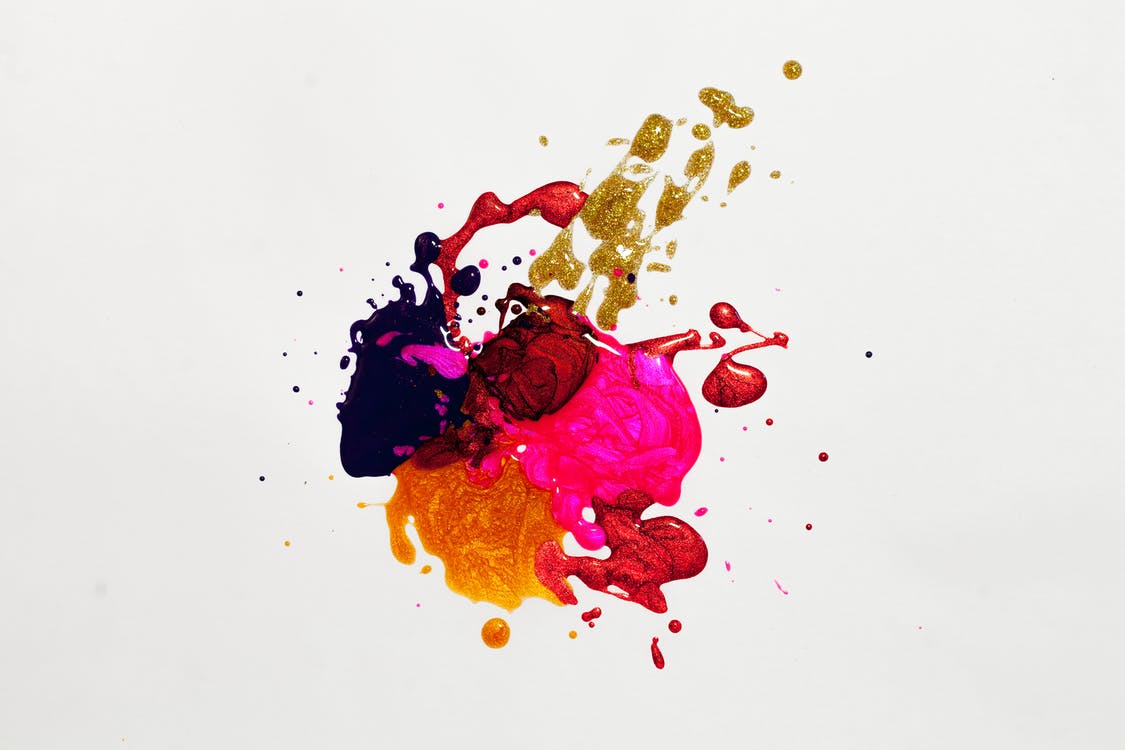
22 Apr PAINTING TOMORROW’S WORLD BRIGHTER: THE FUTURE OF PAINT PRODUCTS
Paints and painting techniques are an integral part of human expression and decoration. But make no mistake, friends: As technology advances and environmental concerns grow, the industry is transforming to meet the evolving needs of consumers and the environment. So in today’s episode of let’s think like a futurist, it’s time to discuss the future of paints and consider what tomorrow will bring!
Full stop to begin with: As environmental awareness increases, the paint industry is shifting towards more sustainable and eco-friendly products and manufacturing processes. Paints made from natural and renewable resources, such as plant oils and resins, are gaining popularity as they offer an environmentally conscious alternative to traditional paints.
Moreover, low-VOC and VOC-free offerings are becoming increasingly important as everyday audiences and regulators demand more eco-friendly products. These paints emit fewer harmful chemicals and contribute to improved indoor air quality, making them a more sustainable choice.
Nanotechnology and advanced materials are transforming the field by enhancing performance, durability, and functionality too. The incorporation of nanoparticles, such as titanium dioxide and zinc oxide, into paint formulations can significantly improve the UV resistance, scratch resistance, and antimicrobial properties of paints.
Furthermore, advanced materials such as self-cleaning and self-healing paints are being developed, reducing the need for maintenance and extending the life of painted surfaces. These materials enable paints to repair themselves when damaged or repel dirt and debris, reducing the need for cleaning.
On top of this, digital printing and customization are revolutionizing the paint industry with each passing day, providing buyers with more flexibility and personalization options. On the former front, digital printing enables the creation of custom designs and patterns, allowing for more creative and unique finishes. Additionally, digital printing can reduce the time and cost of producing customized designs, making them more accessible to consumers.
Furthermore, advanced color-matching technologies enable paint manufacturers to create custom colors that match any surface, leading to more seamless and natural-looking finishes. As customization becomes more prevalent, the paint industry will continue to innovate and develop new tools and services to meet the diverse needs of shoppers.
You wouldn’t necessarily guess it either, but virtual and augmented reality technologies are also transforming the way paints and finishes are visualized and tested. Such innovations let shoppers experience different colors and finishes in immersive and interactive ways, providing a more accurate and engaging view of the finished product.
What’s more, virtual and augmented reality tools enable designers and contractors to visualize and test different colors and finishes before applying them, reducing the risk of costly mistakes and enabling more efficient decision-making.



